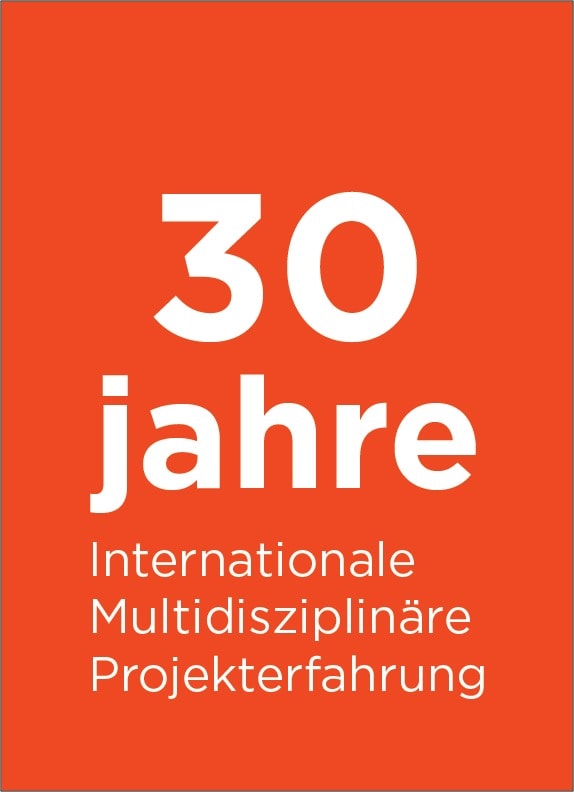
Author: Serkan ORHON / Business Unit Manager, Financial Solutions
On June 28, the European Commission published its proposal to revise the EU Payments Services Directive (PSD2). This long-awaited proposal contains a number of significant improvements and developments that would impact third-party providers, banks, payment service providers (PSPs) and ultimately retailers.
The European Commission proposes to amend and modernize the existing Payment Services Directive (PSD2) by introducing PSD3, and to introduce a Payment Services Regulation (PSR). These measures aim to ensure that customers within the EU, whether domestic or cross-border, can continue to use electronic transactions and payments in both euro and non-euro currencies in a safe and secure manner. The proposal focuses on consumer security while aiming to expand the range of payment service providers in the market to give consumers more choice.
In addition, the Commission proposes a legal framework for access to financial data (Open Banking). Beyond payment accounts, this framework will create explicit rights and obligations for sharing customer data in the financial sector. The implementation of this framework will lead to the creation of more innovative financial products and services for users, as well as more competition in the financial sector.
PSD2’s Impact on Electronic Payments
Strong Customer Authentication (SCA) has proven useful in combating fraud, despite barriers to implementation. PSD2 has also improved efficiency, transparency, and choice of payment instruments for users. However, it remains difficult to create a level playing field, as non-bank payment service providers have limited direct access to major payment systems. The adoption of Open Banking (OB) is uneven, and there are still issues with data access interfaces for OB. Despite the growing cross-border provision of payment services, many systems, particularly debit card systems, remain national in scope. The cost savings expected by merchants from the new payment methods have not yet materialized. Overall, while the current PSD2 framework has made progress in achieving its goals, it also has some weaknesses.
Despite the achievements of PSD2, there are four major problems in the EU payments market:
- Consumers, merchants, and SMEs (small and medium enterprises) are vulnerable to fraud and lack trust in payment systems.
- The open banking architecture is flawed, and providers struggle to offer new and competitive services.
- EU regulators are inconsistent in their powers and duties, leading to economic inefficiencies and higher operating costs.
- The gap between banks and payment service providers widens as the latter face a competitive disadvantage and lack of clarity about their obligations.
Proposed enhancements to the PSD2 revision
- Improve fraud prevention:
- Improving Strong Consumer Authentication (SCA) through the exchange of fraud information and consumer education.
- Including IBAN verification in all credit transfers.
- Liability for authorized push payment fraud is conditionally reversed.
- Securing SCA accessibility for users with impairments and other difficulties.
- Enhancing user rights and knowledge while increasing cash availability.
- Open Banking Improvements:
- Require account servicing payment providers (ASPSPs) to have specific data access interfaces.
- The introduction of „authorization dashboards“ that allow users to manage their Open Banking access authorizations.
- Detailed standards for the basic criteria of Open Banking data interfaces.
- Streamlining Regulations:
- Replacing a large chunk of PSD2 with a directly relevant Regulation.
- Sanction requirements are tightened and unclear components are removed.
- Integrate the authorization regimes for payment institutions (PIs) and electronic money institutions (EMIs).
- Strengthen the rights and participation of PI /EMI:
- PIs and EMIs will have better access to bank accounts.
- Allowing PIs and EMIs to participate directly in all payment systems, including those designated by Member States.
- Procedures for authorization and risk assessment should be clarified.
Improvements to The Data Access Framework
The Regulatory Scrutiny Board (RSB) made recommendations to strengthen the evidence base, prioritize customer trust and the protection of vulnerable consumers, and better describe the cost-benefit analysis‘ limitations and uncertainties.
Possible approaches to strengthening customer trust include making the use of financial data access dashboards mandatory, setting standards for data access, and supplementing these provisions with safeguards to protect consumers from unfair treatment or exclusion risks.
Flow Of Customer Data:
The European Commission has selected its preferred alternative for establishing an EU regulatory framework for access to financial data. This option includes the following key feature:
- Dashboards for Permission to Access Financial Data: Market participants would be required to provide customers with access to financial data permission dashboards. Approval standards for access to customer data would be established, and European Supervisory Authorities (ESAs) would be given the authority to publish guidelines to protect consumers from unfair treatment or exclusion risks.
- Controlled Access to Customer Data: Data users in the financial industry would be allowed access to certain customer records, subject to approval by the customers in question.
- Standardization of Customer Data and Interfaces: Market participants would be required to adopt uniform standards for customer data and interfaces for data subject to access. These criteria would be defined as part of data sharing plans.
- APIs and Contractual Liability: data owners would be required to create application programming interfaces (APIs) and make them available for a fee. These APIs would conform to standardized client data and interface standards established under data sharing programs. Members of the system would also need to agree on contractual liability.
Digital finance can promote sustainable development by improving access to finance and fostering inclusive economic growth. This idea is consistent with the concepts of resilient infrastructure, sustainable industrialization, and innovation. It also allows for tailored investment advice to combat climate change and channel resources into sustainable investments.
Conclusion
The proposed amendments to the Payment Services Directive (PSD2) and the broader scope of digital finance hold great promise to support sustainable development, enable inclusive growth, and address emerging issues in the payment services market.
The amendments aim to improve the security and accessibility of electronic payments by introducing protections such as Strong Customer Authentication (SCA) and greater transparency.
The introduction of a Payment Services Regulation (PSR) and a financial data access framework are intended to empower customers, increase trust, and promote consistency.
While there are still obstacles to overcome, such as the imbalance between banks and non-bank payment service providers (PSPs) and the acceptance of open banking, the overall goal is to create a more interconnected, inclusive and resilient financial ecosystem within the European Union.



